
See the music
Creativity manifests in a unique way for each one of us. However, even though we're all different, there are some experiences that we may share while we're trying to create something. The following story wants to show you that, and prove that in the end we're not that different. See for yourself!
Do you prefer to skip the general part about creativity to go straight to the songwriting process? Feel free to do so if you want. Otherwise, I hope you'll enjoy what comes next.
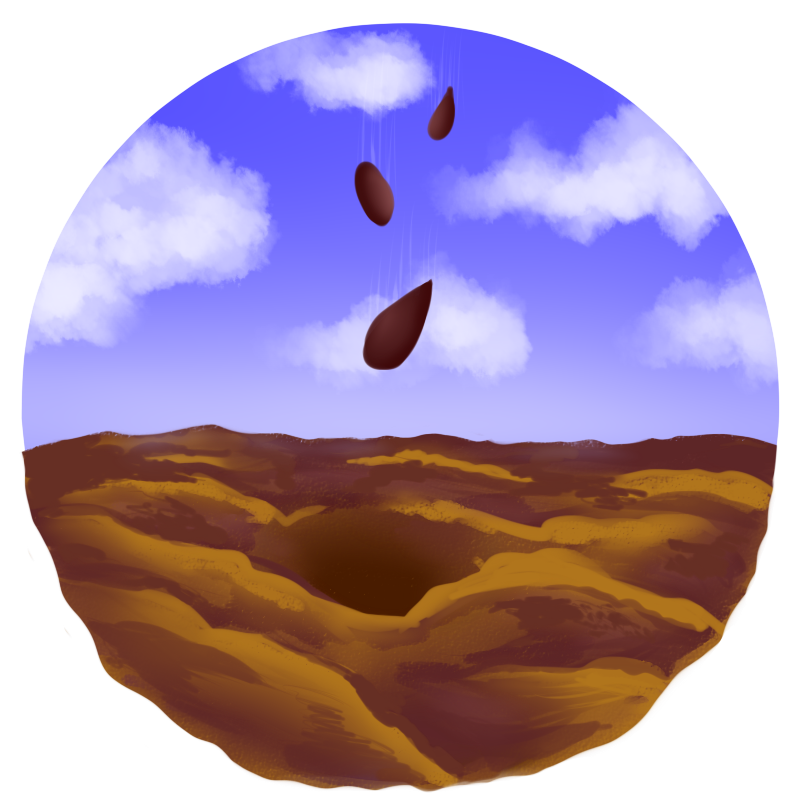
1) A dream
Whether it’s writing songs, drawing a comic or creating a new choreography, inside ourselves we may feel a need, a wish to do something...
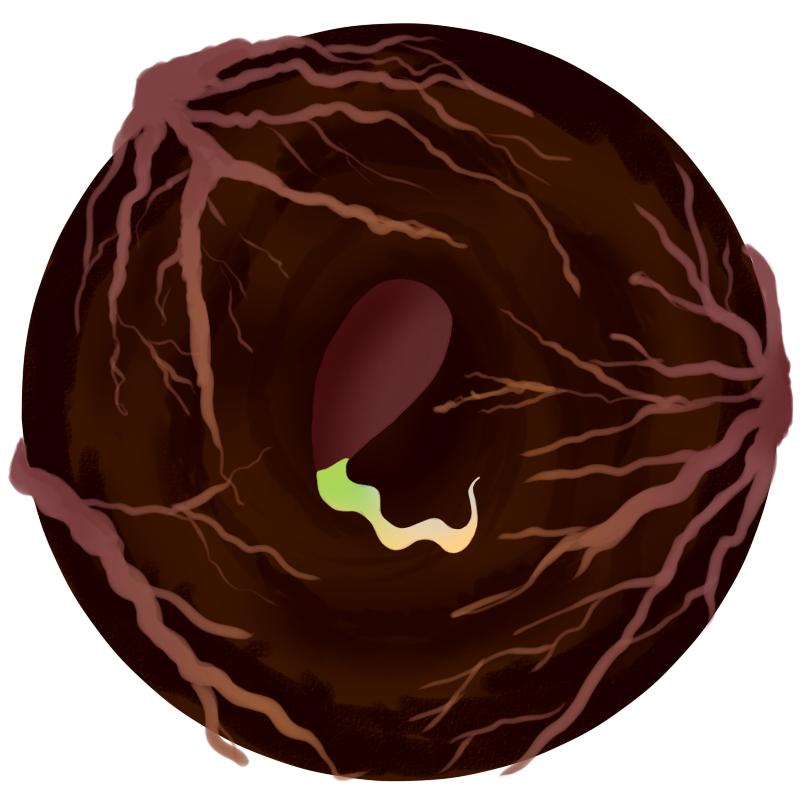
2) First obstacles
...when we realize that, it doesn’t pass much time before our fears and insecurities come out. We can suddenly become scared of failure, of not being good enough, of what others will think of us...
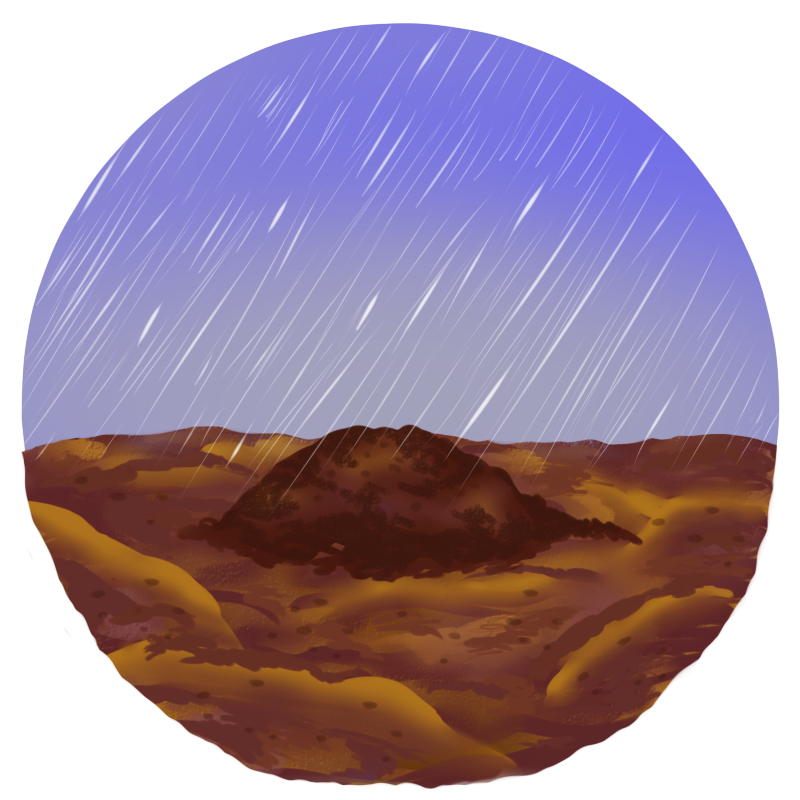
3) Support
...to overcome these thoughts, we could receive encouragement from someone, like a teacher, a family member or a friend...
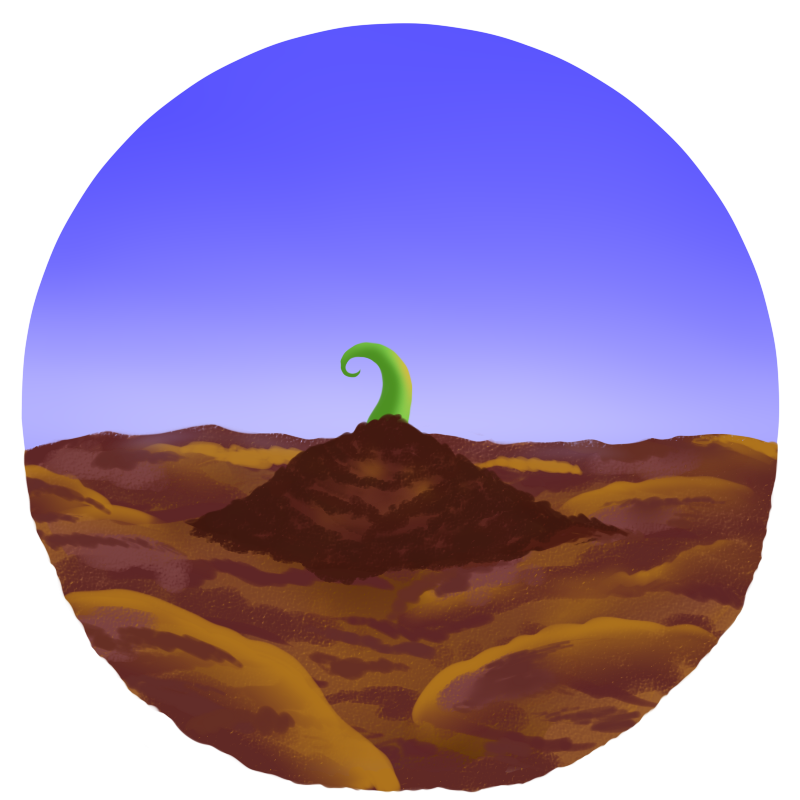
4) Challenge accepted
...but it's only up to us to build the courage and strength we need in order to start creating...
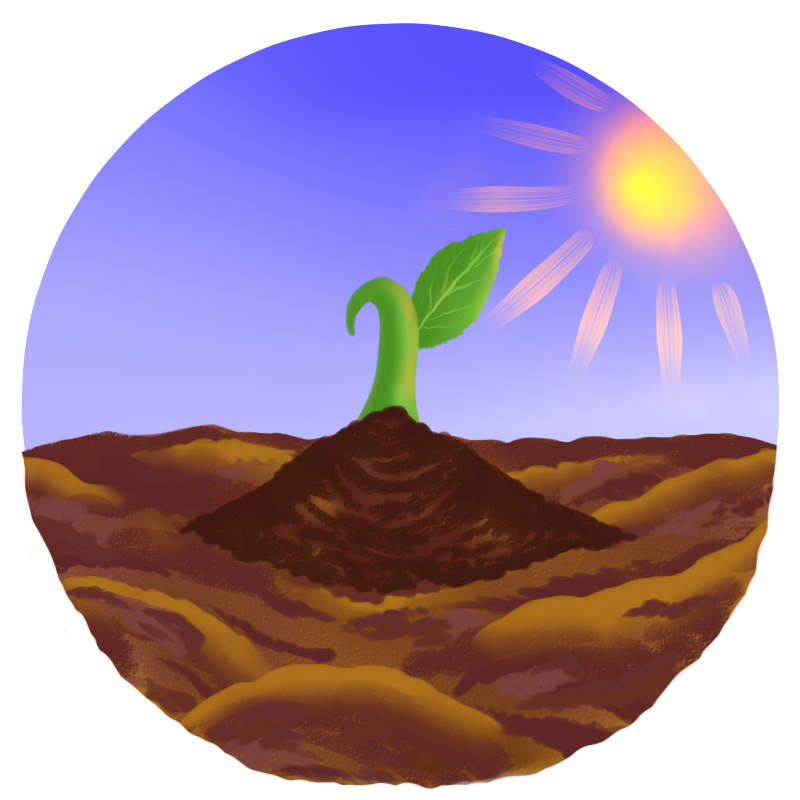
5) Inspiration
...and when we actually do start, we feel great. We gather information from multiple sources, be it nature, others’ creative works, who or what surrounds us. And then nothing can stop us: what is that makes us unique, our values and personality, comes out...
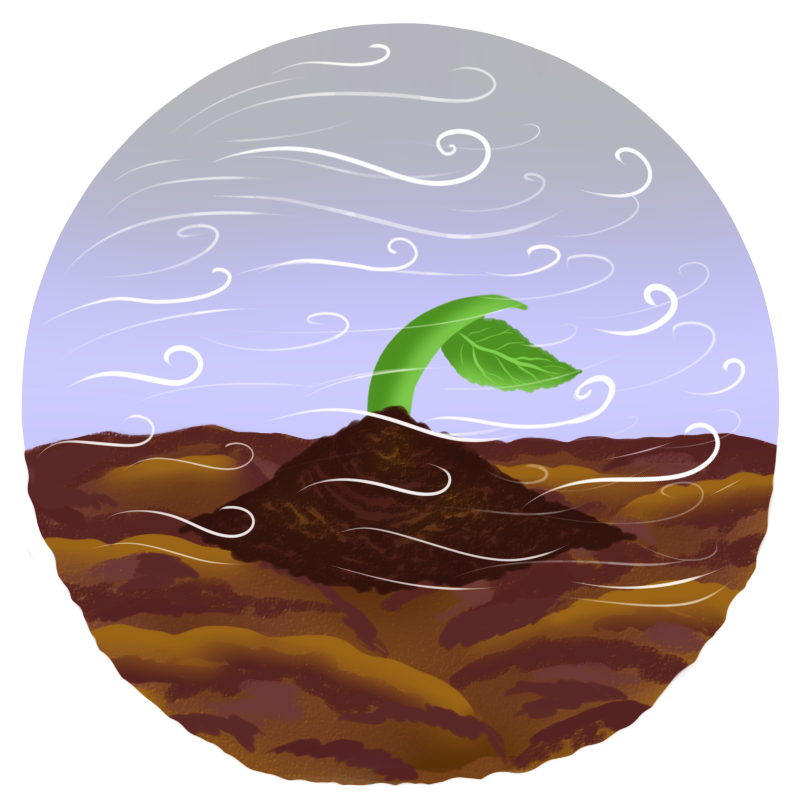
6) New obstacles
...but after this creative “honeymoon phase”, we take a look at what we created, and we realize that we don't like it. We make some changes, but nothing seems to work. Soon unsatisfaction and frustration arrive, following doubts and headaches...

7) The block
...we begin to feel stuck. We feel like we'll never get where we want to. Everything we do is terrible. We are terrible in the first place, compared to others. So what's the point of keep going?...
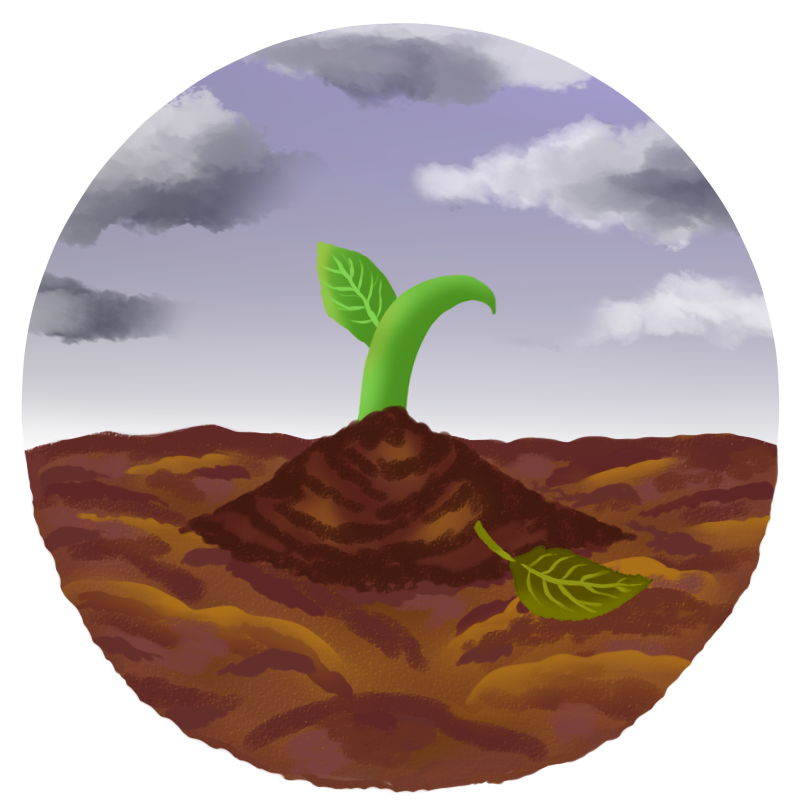
8) Insight
...after some time, when we finally stop being negative and feeling bad for ourselves, we go back to what we did. And we realize that maybe not everything is bad. Something is actually quite good, but it needs to develop...
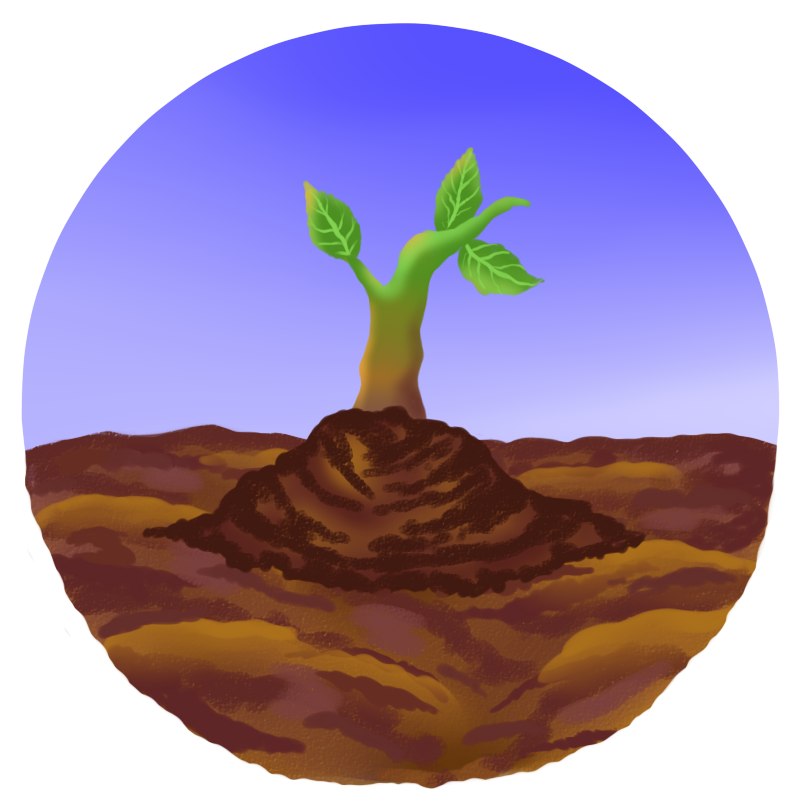
9) New inspiration
...we make a few adjustments, and gradually get back on track. We start to feel good again as we return expressing ourselves...
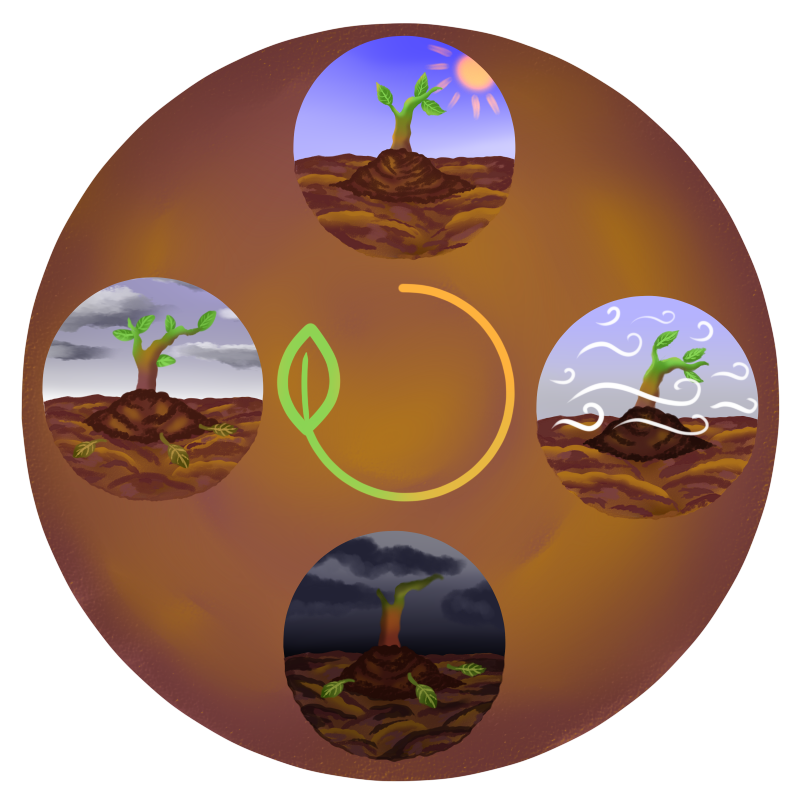
10) A cycle
...but that's not the end. Depending on our personal process, the steps between finding and losing inspiration can repeat, even many times...
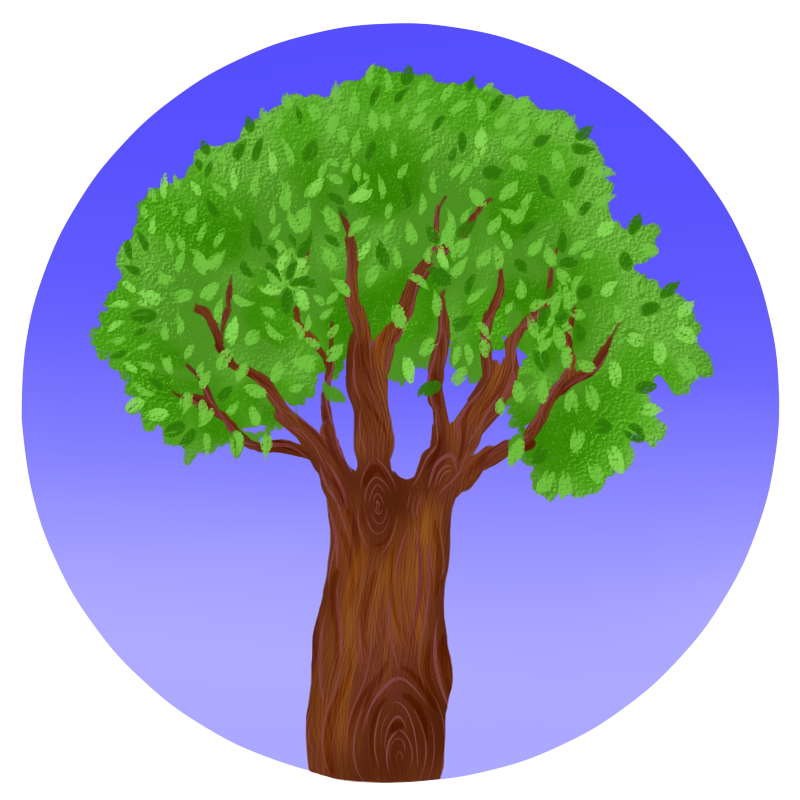
11) Success
...before we reach our goal. When we actually reach it, we can feel a bunch of different emotions: happiness, tiredness, incredulity...

12) Achievement
...but what we may not realize instantly is that we've also gained something else, maybe even more precious than our goal: we’ve made an experience. And now we can see the results of our efforts, acknowledging that our skills have improved. When we realize that, that is the moment when we finally feel complete...
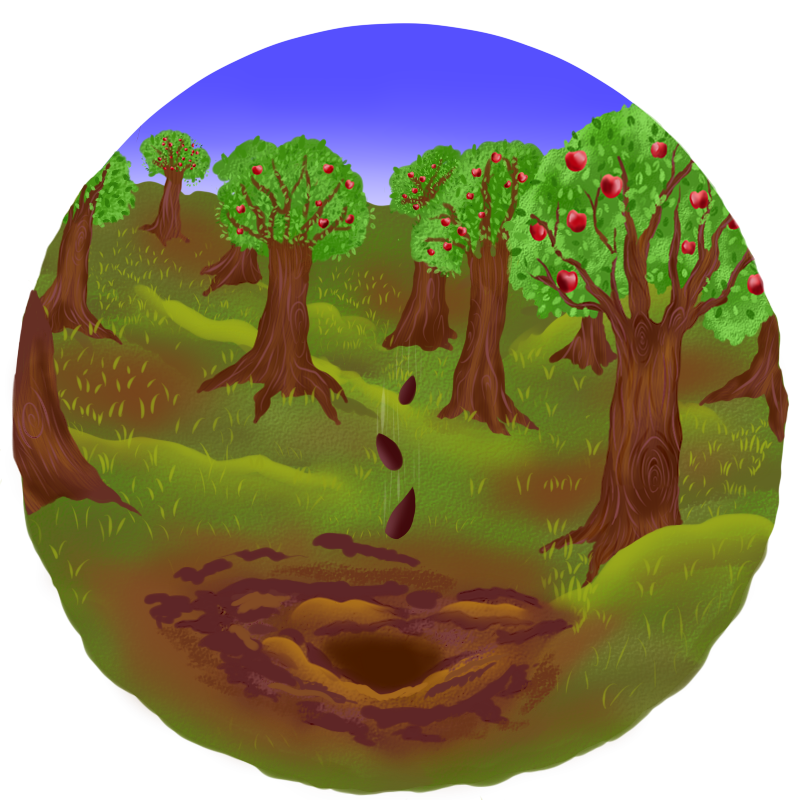
13) A new dream
...and then comes the best and worst part: beginning all over again.
Did this story resonate with you, even just a little bit? If the answer is yes and you want to know more about creativity, I invite you to read these little insights below. I’ve done some research and learnt new things that made me inspired to write them. Maybe they’ll inspire you too!
The stages of the creative process
While what you saw above tries to describe the creative process from an emotional point of view, explaining what we could feel while we’re trying to create something, a man in 1926 called Graham Wallas managed to create a structured model of the creative process, with a more scientific approach....
After reading some articles about it (that you’ll find below in the resources, if you want to know more), I've seen that sometimes the names and number of the steps change. However, here are the common things which I’ve encountered in most of them: in his book "The Art of Thought", Wallas depicted five stages of creativity:
- The first one, called "preparation", consists of researching and collecting things we like, in order to find ideas and get inspired.
- The second one, called "incubation", consists of stop thinking about our goal for a while, and doing other things, in order to let our brain elaborate what we've found. It is a time of subconscious reflection.
- The third one, called "illumination", is what we commonly associate with being creative, that is, when inspiration strikes. It's the classic light bulb that shines over our head when we have an idea. It can occur when we least expect it.
- The fourth one, called "evaluation", is when we analyze the idea that we've found. We ask ourselves if it's really good to pursue it, and if so, which way is the best to implement it.
- The last one, called "verification", consists of materially realizing our idea, and seeing if it works, by sharing it.
How does creativity work?
As you may already have guessed, a magical formula to understand how creativity works doesn’t exist. In fact, even if it’s certainly useful knowing that we can share common patterns while we’re on our creative journeys, the creative process is very personal, and there is no written rule that can explain in detail how creativity works, for anybody....
That's why no one, not me or anyone else, could ever tell you in detail what to do when it comes about expressing yourself creatively. You need to find your way, and take time in order to learn to trust your own process.
Writing songs is a very individual process, so just trust your process and trust your creative thoughts
- Zosia
The good news is that you can take some inspiration from other people: watch videos, read articles, search things that you like and that make you feel inspired. That's what I did when I decided to write about this topic.
And here's what I've learnt about creativity, both from research and from personal experience:
- creativity has it's own way to work, it is not something that we can predict with accuracy. One day we could feel so inspired and want to get things done, while the next day feel like there’s nothing in the world that could makes us start (or maybe, we could feel in both ways in the same day, even at short distance).
- there isn't a unique road to take, a single one that is correct. Trying different ways is important if we want to find what works for us. In fact, the creative process is a continuous discovery: it's a matter of trying things and making mistakes, many mistakes, before having a chance to get where we want to
- coherently to the advice above, you need to take inspiration from somewhere. As Mark Twain once said
There is no such thing as a new idea. It is impossible. We simply take a lot of old ideas and put them into a sort of mental kaleidoscope. We give them a turn and they make new and curious combinations. We keep on turning and making new combinations indefinitely; but they are the same old pieces of colored glass that have been in use through all the ages.
Creating something out of thin air is actually not as common as you may think. Most of the time, we draw inspiration from existing ideas, and we mix it with our own experiences, in order to create something original and unique. An interesting article about this subject says thatyou have to drown in the ocean of influence before you can come up to the surface with something new and exciting
. What we can do is get inspiration from the artists we admire, without stealing from them, but taking only what we like and creating something different with our own resources. - last but not least, creativity is not a gift limited to a few people. Yes, of course, there are some people that seems to have a sort of natural inclination towards one or more than one creative fields. However, even those "creative geniuses" can have bad ideas and find themselves stuck, just like us. In fact, we often admire the works of people who made it, and we would like to know the secret behind their success, but who knows really what they did went through to get to where they are. In short, being creative can be a struggle, for anyone. We need to embrace that struggle, and keep trying.
And what about writing songs?
Listening to this Tim Gilberg’s short video, I've found out that one of the simplest, yet effective structures for creating songs is made of 4 parts: a verse, a chorus, another verse, and the chorus repeated. We can use the verses to tell our story, while the chorus expresses the main topic, the message we want to share....
We may want to add other parts, like:
- an intro and an outro, functional respectively for introducing and ending our story;
- a pre-chorus, that it's like a preparation for our message;
- a bridge, which is a variation, to break the repetitive pattern of the song
What’s important is that the song has a structure, no matter how simple it is. Because without it, even if we’re putting our soul in it, the audience won’t feel it. The reason behind that is that our brains are used to giving order to what we are experiencing. According to this article of the Abbey Road Institute’s blog, When receiving a sequence of sounds, the brain tries to impose structure and order and, in effect, creates an entirely new system of meaning, which translates into a pleasant and rewarding experience or an unpleasant one
.
In fact, we can decide in a short time if we like or not a song, because of the structures that our brains built over time, making our “music baggage”. It’s the experience that we have that makes us guess how the song we’re listening will continue. And that will have a role in building our (positive or negative) opinion of the song.
But if there is no structure, our audience will probably be confused. They could not know what we’re trying to say, and consequently not even be able to give an opinion. They’ll just move away from it, and forget it in no time.
And even if it this might sound trivial, it’s essential: if we want our audience to remember our song, they need to feel something when they’re listening to it (positive or negative, that’s up to us and, consistently to what we said above, to them). This last statement is also a reminder: it’s not just about us.
I don't really care what you feel when you write the song, if I don't feel anything when I hear the song
- Jason Blume
Of course: it’s our song. Our emotions conveyed in a paper. The song is also about us. But there are two more main characters: our audience, in which we need to put ourselves, trying to look the song from other perspectives, and...the song itself. Yes. As weird as it sounds, our work talks.
It's what the writer Umberto Eco called intentio operis in his book "Lector in Fabula": every artwork is like a living creature, that has a life itself once created by its author. That means that once published, the song won't necessarily convey the meaning that it's author wanted. It could do it obviously, but it also could provide new meanings just by itself (and, certainly, by the interpretations of the audience).
Practical tips to start creating your lyrics
- take a journal (or if you want, try the page Touch the music) to doodle, brainstorm, and write down what you feel
- listen to different types of music (check out the page Hear the music for this)
- like Jennifer Newberry did in this video, and as many songwriters do, record yourself, and if you want, experiment a little with an instrument
- find inspiration in what surrounds you, literally (like going for a walk, observing the world, or listening to your friends and family suggestions) or metaphorically (by tapping into whatever experience you’re going through right now)
- most important, try to not stress yourself out. While as I said above the creative process can be a struggle, it should also be fun. And even if you feel like you need to prove yourself, remember that no one’s perfect, and that we all have bad days and bad ideas sometimes.
Resources used and suggestions
- Thanks to the following article I've found out some of the artists I cited. While I mainly focused on the process of writing lyrics, the article also provides some videos with songwriters that’ll teach you about the melodic part of creating a song (chords, scales, keys and so on). If you want to find more, check it out: https://music.tutsplus.com/articles/the-creative-process-of-songwriting-10-perspectives--audio-8358
- A useful article for insights about what it means writing songs, from which I took inspiration for concepts like “there are no new ideas”, and “creativity is unpredictable”, is this one: https://www.songwritingmagazine.co.uk/tips-techniques/creative-process
- Another article I read and cited is this one: https://abbeyroadinstitute.nl/blog/emotion-in-music-giving-you-the-chills/. If you want to have a more scientific understanding of how the brain works in relation to music, and which effects the music has on our memory and body, you may find it interesting.
- If you want to know more about the creative process of Wallas, read these articles:
- To learn more about song structures, read these articles:
Are you already inspired and want to start creating? Go to the page Touch the music and dive in the core of your creative path.
Do you want to get some inspiration first? Check out the page Hear the music to hear songs from different artists.